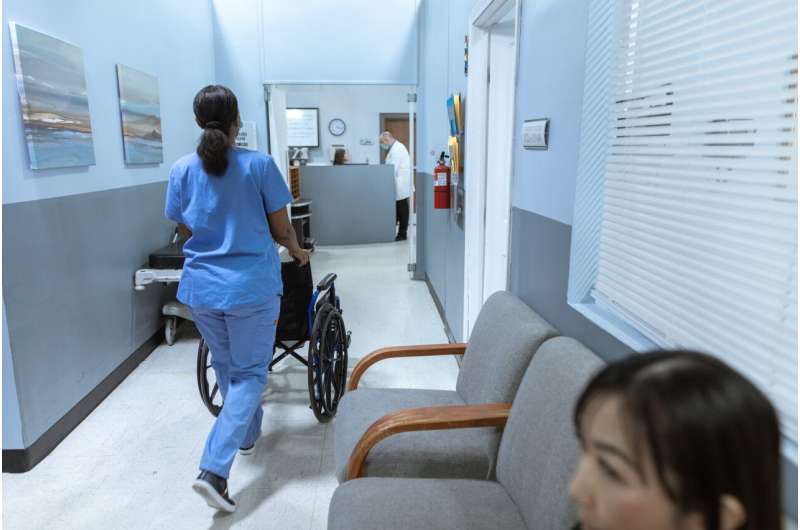Research Explores Why For-Profit Hospitals Have Poorer Patient and Nursing Outcomes

A recent study from the University of Pennsylvania explores why for-profit hospitals tend to have poorer patient safety and nursing care outcomes, emphasizing the importance of investment in nursing services for quality healthcare.
Recent research highlights persistent disparities in patient safety and nursing quality between for-profit and not-for-profit hospitals. Studies have consistently found that for-profit institutions exhibit higher rates of patient mortality and rehospitalizations, alongside limited access for individuals from lower socioeconomic backgrounds. Despite these concerning trends, explanations for these differences have been scarce. A team from the University of Pennsylvania School of Nursing hypothesized that reduced investment in nursing services—such as staffing levels and work environments—might be a key factor.
Using 2021 data, including a survey of nurses across 113 adult acute-care hospitals in Illinois, researchers discovered that for-profit hospitals significantly underinvest in nursing resources. These facilities also reported poorer job satisfaction among nurses and lower scores on patient safety and infection prevention, compared to not-for-profit hospitals. Notably, there were no significant differences in operating margins, hospital size, or technological capabilities, indicating that financial resources alone do not explain the disparities.
The study revealed that patients in for-profit hospitals received less nursing care, reflected in worse patient-to-nurse staffing ratios. Meanwhile, nurses in these settings rated their work environments poorly and rated their hospitals lower on safety and infection control. espite the majority of U.S. hospitals being not-for-profit, an increasing number are transitioning to for-profit models, raising concerns about future healthcare quality.
These findings are especially relevant as several states consider legislation to mandate safe nurse staffing levels. The study suggests that better staffing policies could enhance patient outcomes without imposing excessive financial burdens, as previous research indicates that investing in nursing services often results in improved outcomes that offset costs.
While the current study’s scope was limited to a small sample of eight for-profit hospitals in Illinois, the significant differences observed underscore the need for further research. The researchers plan to explore larger samples and more complex models to better understand how ownership type, private equity involvement, and investments in nursing care influence patient and staff outcomes.
This study underscores the importance of adequate nursing investment as a critical factor in hospital quality, emphasizing that improving staffing and work environments can lead to safer, higher-quality patient care.
Source: https://medicalxpress.com/news/2025-05-profit-hospitals-worse-nursing-patient.html
Stay Updated with Mia's Feed
Get the latest health & wellness insights delivered straight to your inbox.
Related Articles
New Research Reveals How Cesarean Timing Affects Future Pregnancy Risks
A groundbreaking study from UCL reveals that cesarean sections performed during advanced labor stages significantly alter scar positioning and healing, increasing risks for future pregnancies and preterm births. Understanding these factors can improve surgical techniques and prenatal care.
New Study Links Nighttime Heart Rhythm Patterns to Future Health Risks
Research finds that variations in heart rate variability during sleep can predict future health conditions like stroke, depression, and metabolic diseases, opening new avenues for early intervention and prevention.
Nearly Half of Patients Seeking Care for Vulvovaginal Disorders Report Negative Experiences
Many patients seeking vulvovaginal disorder treatment report negative experiences, including dismissive behaviors and lack of support, highlighting the need for improved patient-centered care.
Home Accidents Equally Significant as Road Traffic Incidents, New Study Reveals
A groundbreaking study reveals that home accidents are as common and significant as road traffic crashes in low- and middle-income countries, particularly affecting women. The research emphasizes the need for broader injury prevention strategies targeting domestic environments.



